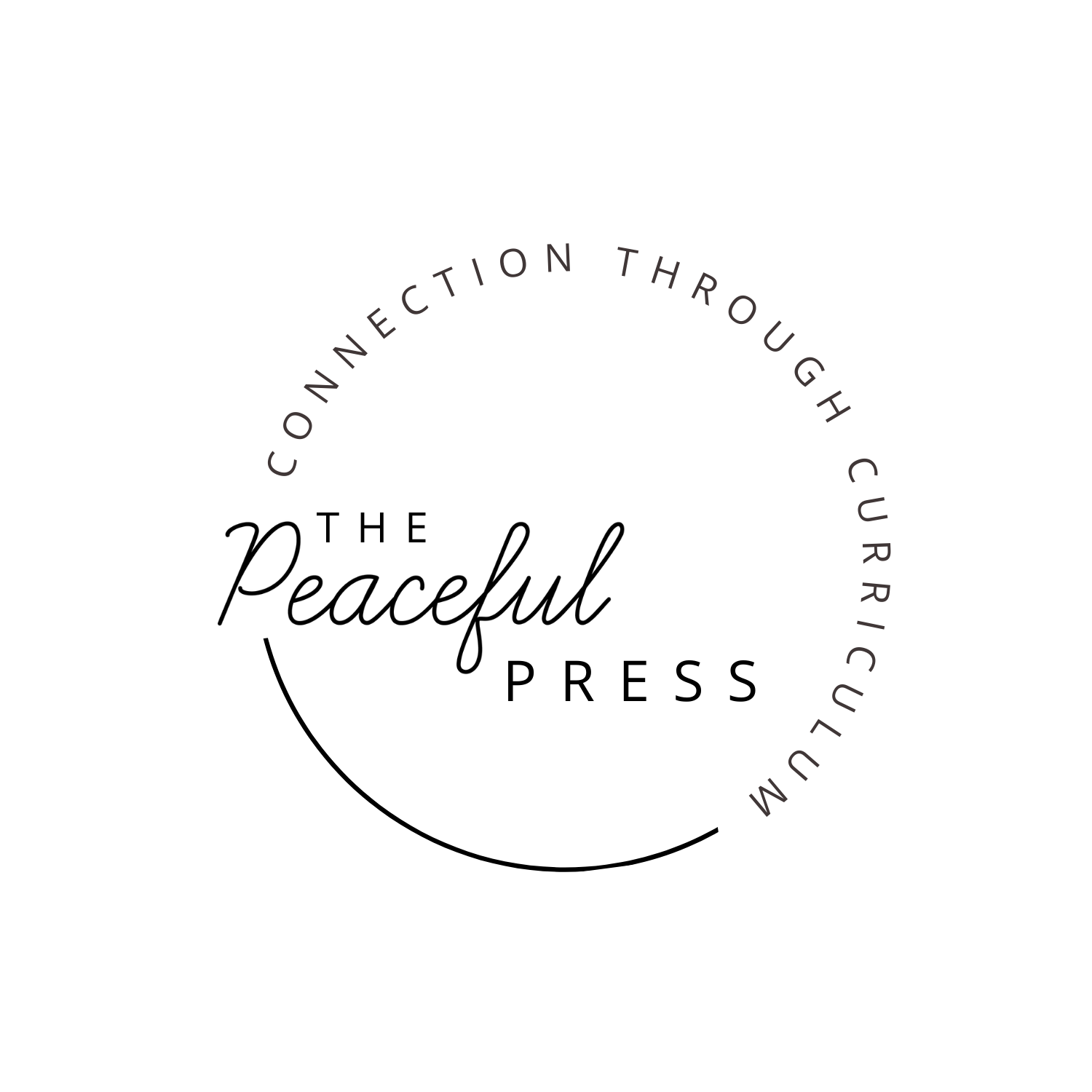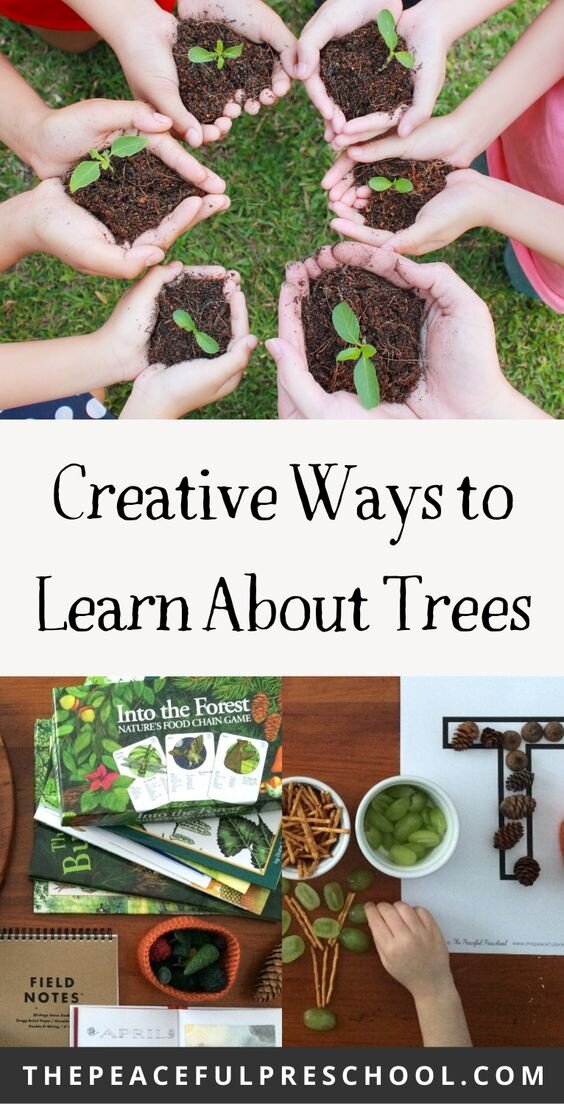Learning About Trees- A Guest Post
As the end of the school year approaches, we often get burned out and I find that it is the perfect time to change things up and create a unit study for us all to enjoy, explore, and learn together. Often, we explore something that has been the topic of recent conversation, but with Arbor Day and Earth Day both falling in April I thought it would be the perfect time for a month long unit study on trees.
Whenever we plan a unit study, I usually start by breaking it down into a few basic categories (or weeks) of learning. For a study of trees, I broke it into these categories, these will be broken down into daily lessons.
Beginning- The study of the beginning of plants and trees.
Identifying- Becoming aware and informed on the different parts, types, and purposes of trees.
Habitats- Learning about the habitat of a tree, as well as a forest ecosystem.
Exploring and Adopting- Putting our knowledge to work by both adopting a tree we can observe in all seasons and adventuring out to see what we have learned and what we can identif
We meet together in the mornings, around the table, for family studies. We sip tea, we talk, we ask questions, and we learn together. The baby eats way too much in his high chair as we linger over books and journals, and the preschooler is often kept busy with activities just for her when she is growing tired of sitting and listening. In this case we pulled out The Peaceful Preschool letter activities that could work well with our theme so she was making similar connections, but in ways that could keep her hands busy and more importantly, keep her included.
We started our tree unit at the beginning, understanding the importance of the tiniest seeds to the deepest roots. When you begin at the beginning it brings a fuller, easier understanding of why and how. I always want to make sure that we have as many questions answered as possible. We talked about nurture, as well as nature, and how they both play a role in the growth of a plant, as well as in the growth of us. We talked about how we can play a role in the growth of plants and trees, as well as in the growth of those around us. We planted seeds, observed seeds from different trees, and we journaled the seed cycle.
Resources:
A Seed Is Sleepy by Dianna Aston
From Seed to Plant by Gail Gibbons
Because of An Acorn by Lola M. Schaefer
Next, we began to identify the tree as a whole, as well as each individual part of the tree, the roots, the trunk, the bark, the leaves. And in doing that we discovered how unique and different each tree is, and how they tell stories of their pasts in their growth. It reminded us how we are all left with marks, scars, and evidence of what God has done in our lives, too. And how special and important that is.
Breaking it all down, comparing and contrasting, and spending time poring over living books and field guides, will help us when we are exploring outside, whether a hike in the mountains and forest or just in the backyard, to make connections with confidence. It will create a more excited and thoughtful explorer, a more eager learner, which is my ultimate goal for a unit study. I am always looking at how the unit study can impact us for future learning.
Resources:
Nature Anatomy by Julia Rothman
Play the Forest School Way by Peter Houghton and Jane Worroll
The Little Yellow Leaf by Carin Berger
A study of habitat was important to add mindfulness that we are not the only ones that enjoy trees and forests. I pulled out our favorite living books that gave us a fuller picture of life within a log, a tree, and the forest. Creating food chains, playing games, building dioramas, and pulling out our nature journals to make notes of tracks and evidence of life to look for when we head out to explore, all add to our unit study.
Resources:
Nature Anatomy by Julia Rothman
The Busy Tree by Jennifer Ward
In Woods and Forests by Tessa Paul
As we head into Arbor Day and Earth Day, we plan to complete our journey with packing up special arbor themed nature packs and heading out into our backyard, a forest hike, and a local park, to see if we can put together all we learned and test our knowledge. I think the best tests have more to do with seeing it play out as you experience it, and not what you can answer on paper. Lastly, we plan to adopt a tree to visit and observe over the course of a year, season after season. And as we adventure and grow over this year, so will the tree.
Resources:
Play the Forest School Way by Peter Houghton and Jane Worroll
Arbor Day Square by Kathryn O. Galbraith (I highly recommend this if you are studying The Playful Pioneers!)
Post by Lisa Wilkinson.
Blog: https://createfor7.blogspot.com/
You can add more literature and project-based learning to your school year with our easy-to-use parent guides. Each week contains lesson plans, book suggestions, poetry and more, to make learning a joyful experience with your child.
This post contains affiliate links. Thanks for your support of our site.
Are you ready to create a living education for your family?
One that allows time for reading aloud, creating, spending time in nature, and experiencing the world? Get started today and create a hands-on education that actually works for your child! Download the printable 26 weeks of preschool curriculum teaching reading, phonics, math and develops fine & gross motor skills.
Join the thousands of families who discovered a new way to educate their children! Access the full year of curriculum for JUST $44




